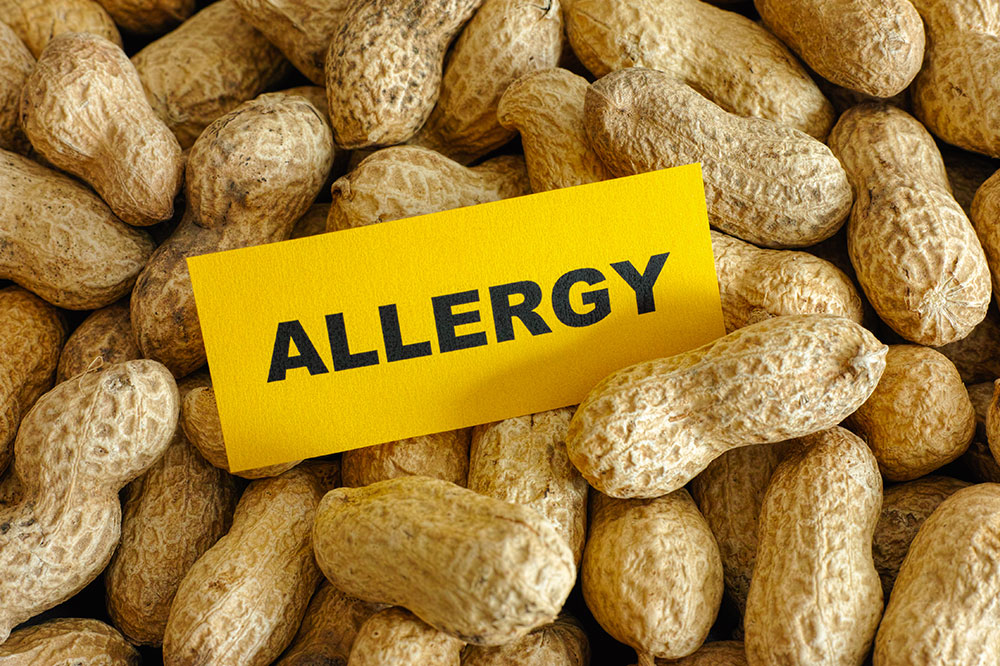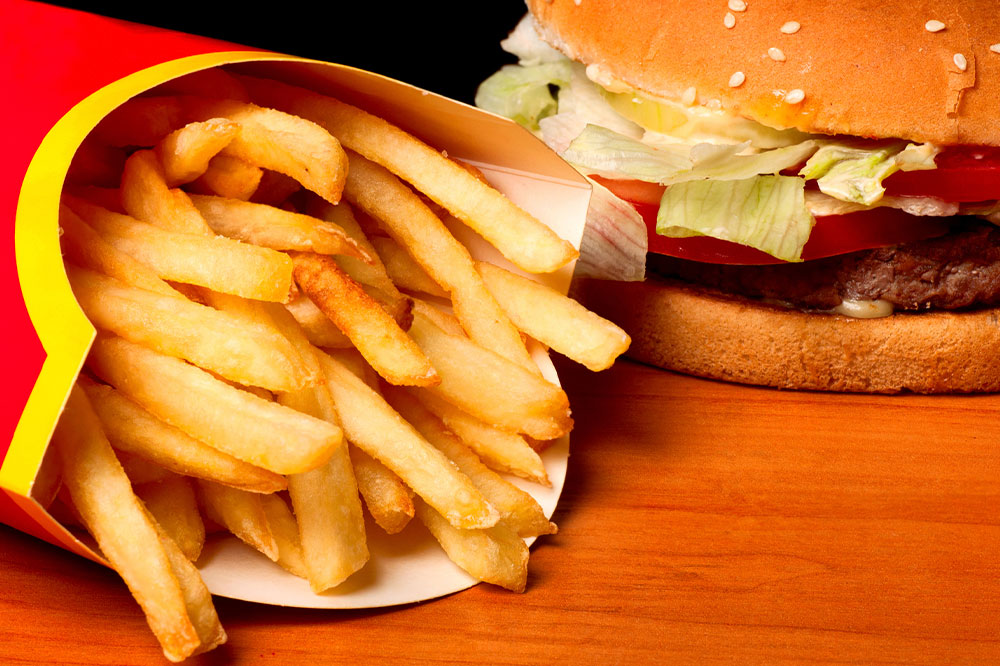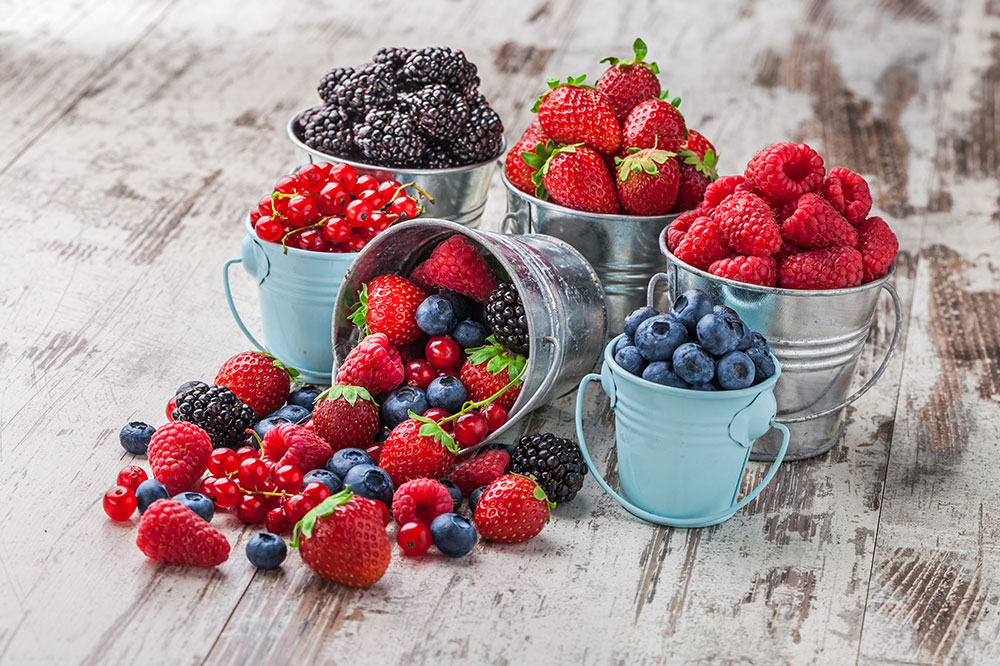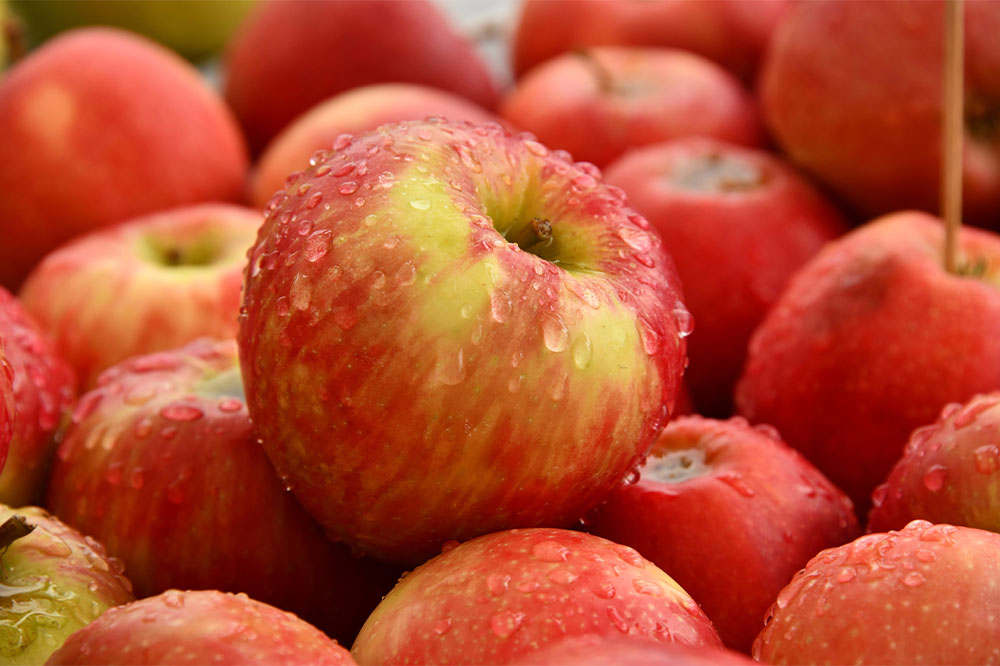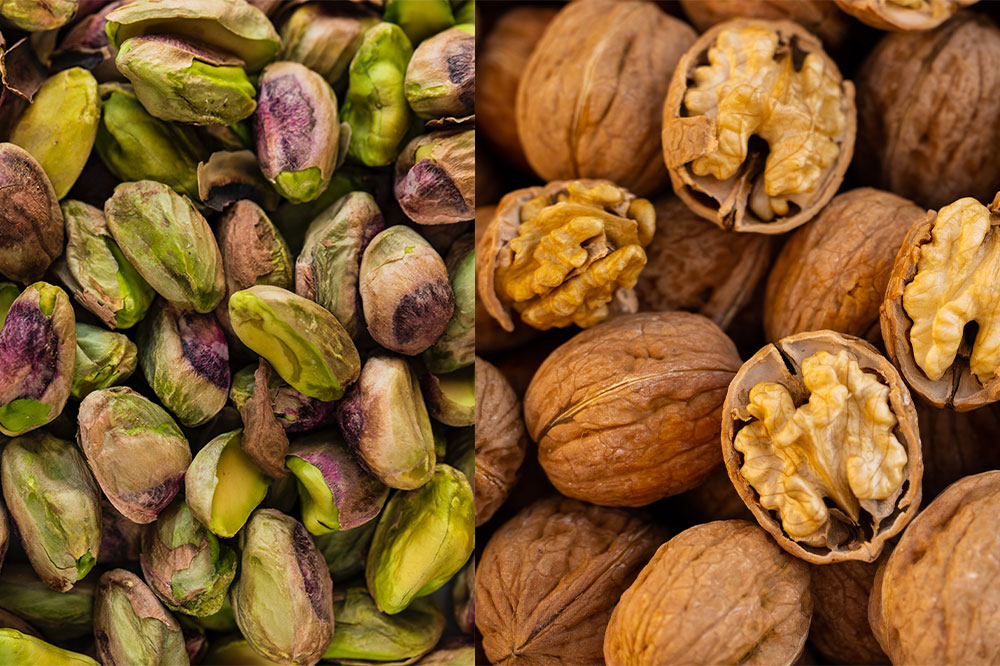Anemia – 6 foods to eat
Anemia is caused by the lack of healthy red blood cells (RBCs) to carry sufficient oxygen to the tissues. This can be due to acute blood loss, the body’s inability to make RBCs, or the destruction of these cells. The condition can be managed by making changes in lifestyle and eating habits. Since proper food intake is crucial for alleviating anemia, let’s look at the recommended foods for those with this condition. Foods to eat Dark leafy greens like spinach Kale, spinach, collard greens, Swiss chard, and dandelion greens are all great sources of nonheme iron, which is essential for healthy living. Swiss chard and collard, specifically, are also high in folate. Eating folate-rich foods is necessary to avoid folate deficiency anemia. Organ meat like liver Liver, heart, kidney, and beef tongue are some popular organ meat choices rich in iron. That said, it is essential to ensure that the meat is hygienic, sustainably sourced, and toxin-free. Seafood like tuna Seafood is known to be a good source of heme iron. Fish like tuna, mackerel, pompano, fresh perch, salmon, or even mahimahi are rich in heme iron. Those who articularly like shellfish can have oysters, clams, crabs, shrimps, and scallops, as these too are good sources of iron.
Read More 

